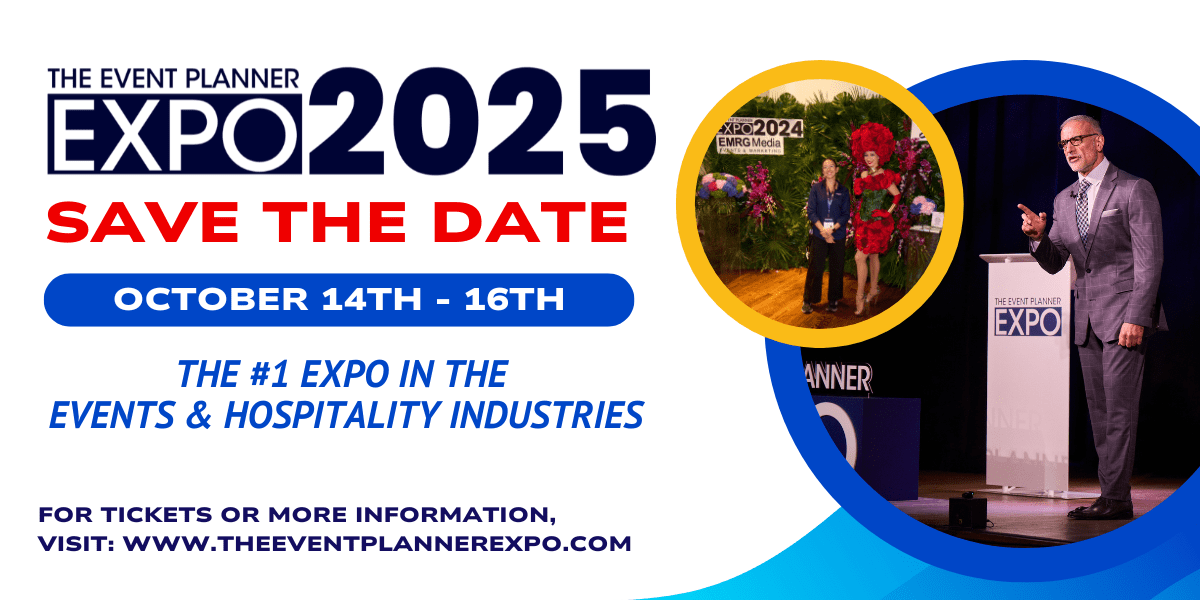Get Attendees to Pay Attention With Gamification
Event planners in NYC know that at any event, a disengaged attendee is their worst enemy.
If your event management team is looking for ways to get attendees to pay more attention and participate more at your events, we have the perfect way to ensure they are actively taking part in proceedings; gamification.
While gamification may not be new to the events industry, it’s confusing to design, and it’s challenging to find a vendor who has experience integrating it into an event. There are various ways to use gamification that range from hardcore competitive to just-for-fun. It all depends on your needs and goals.
Let’s review a few instances where gamification was implemented.
Gamification Instance 1: YourMembership and The Magical World
Software company YourMembership mixed their event theme with gamification by designing a Harry Potter inspired world that was created to motivate their attendees from the start of the event and leave an impressive mark.
They split the attendees into teams, and the score was kept on public leaderboards; one for individual rankings and the other for the team rankings. This really boosted the sense of competition amongst the teams but also worked as a team building exercise between the teammates.
Attendees were able to build up their points by checking into sessions, visiting exhibitor booths and getting codes scanned, sharing images, staying active on social media, and more.
The Takeaway. Gamification for Competition & Team Building
- Creating teams encourages camaraderie and competition, which promoted in-game activity.
- Public leaderboards gave attendees insight into what everyone was doing, which motivated them to take action.
Gamification Instance 2: Jive Software and the Annual JiveWorld
The attendee base at Jive World is filled with social and communication leaders of the surrounding community. Because of that, the participants are discerning and tech savvy individuals which makes it even more important for gamification to be integrated into this digital event experience.
The game was basically designed to be an easy to play, quick to learn type of activity but also full of flexible options that would keep the attendees playing throughout the entirety of the event.
Instead of playing for points, the attendees were playing for badges. Every badge the player would win, would earn them more entries for the top prize, with the opportunity of gaining extra entries for performing other actions like Tweets and photo uploads. Random draws were also added to the mix to encourage the attendees with lower badge earnings to continue to play.
The Takeaway. Gamification for Community Building
You don’t have to revolve the games around the top scoring players only. Instead, give lower-scoring players a chance to win too by encouraging them to continue to play.
Clarifying the objective and keeping the game simple will allow attendees to become creative within the protocol and allow the event planners in NYC to extend the game play while making it more exciting.
Gamification Instance 3: The Annual Invitational of the Incentive Research Foundation
During the annual invitational, the IRF aimed to do more than promote involvement with gamification—they wanted to gamify joy. This was part of their chief event goals, which altogether was intended to make sure the game provided a positive impact on interaction and networking while encouraging attendees to spend more time with one another.
Because of that, the game was structured around inspiring people to perform collaborative and individual joy-related behaviors and then they would be rewarded. Plus, they earned points for sharing photos of their ‘happy place’ at the venue, sending notes that contained compliments to other attendees, write about something they’re grateful for every day, and other actions.
In due course, the IRF’s in-app game was very well received and permitted attendees to spread their event activities to include more engagement with their group. Attendees expressed that the app assisted them with paying closer attention to their environment, the people surrounding them, and the people they were intended to meet. Ultimately this allowed the IRF not only to gamify engagement but also produce joy.
The Takeaway. Gamification for Personal Connection
In addition to the usual gamified actions (tweets, uploading photos), event planners in NYC need to come up with actions that will help attendees accomplish their event goals, and use them.
Reward attendees for taking time to be thoughtful about what they’ve learned and for engaging with others —this can boost positivity and retention.
Conclusion
Gamification could be a vast boost for your event, because it can create the motivation that participants need to remain engaged and participate during the meeting or conference.
A key plan is to begin with your event strategy and objective and then structure the actions and incentives around ideas that will help attendees achieve those goals.
To learn about more entertaining ideas that boost engagement at events, make sure to sign up to attend some of the workshops being offered at The Event Planner Expo 2019!
